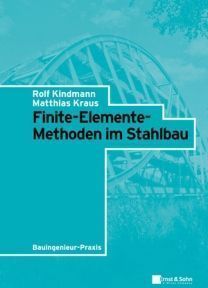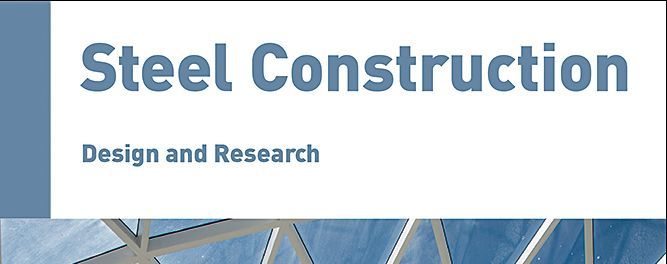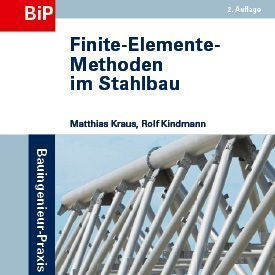About the book
The Finite Element Method (FEM) has become a standard tool used in everyday work by structural engineers having to analyse virtually any type of structure. After a short introduction into the methodolgy, the book concentrates on the calculation of internal forces, deformations, ideal buckling loads and vibration modes of steel structures. Beyond linear structural analysis, the authors focus on various important stability cases such as flexural buckling, lateral torsional buckling and plate buckling along with determining ideal buckling loads and second-order theory analysis. Also, investigating cross-sections using FEM will become more and more important in the future. For practicing engineers and students in engineering alike all necessary calculations for the design of structures are presented clearly.



